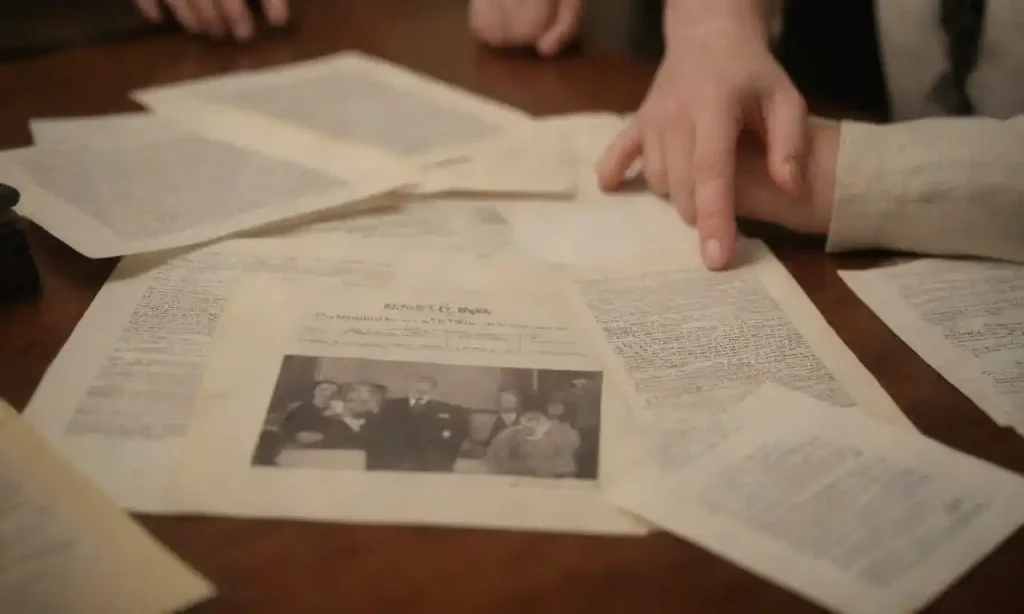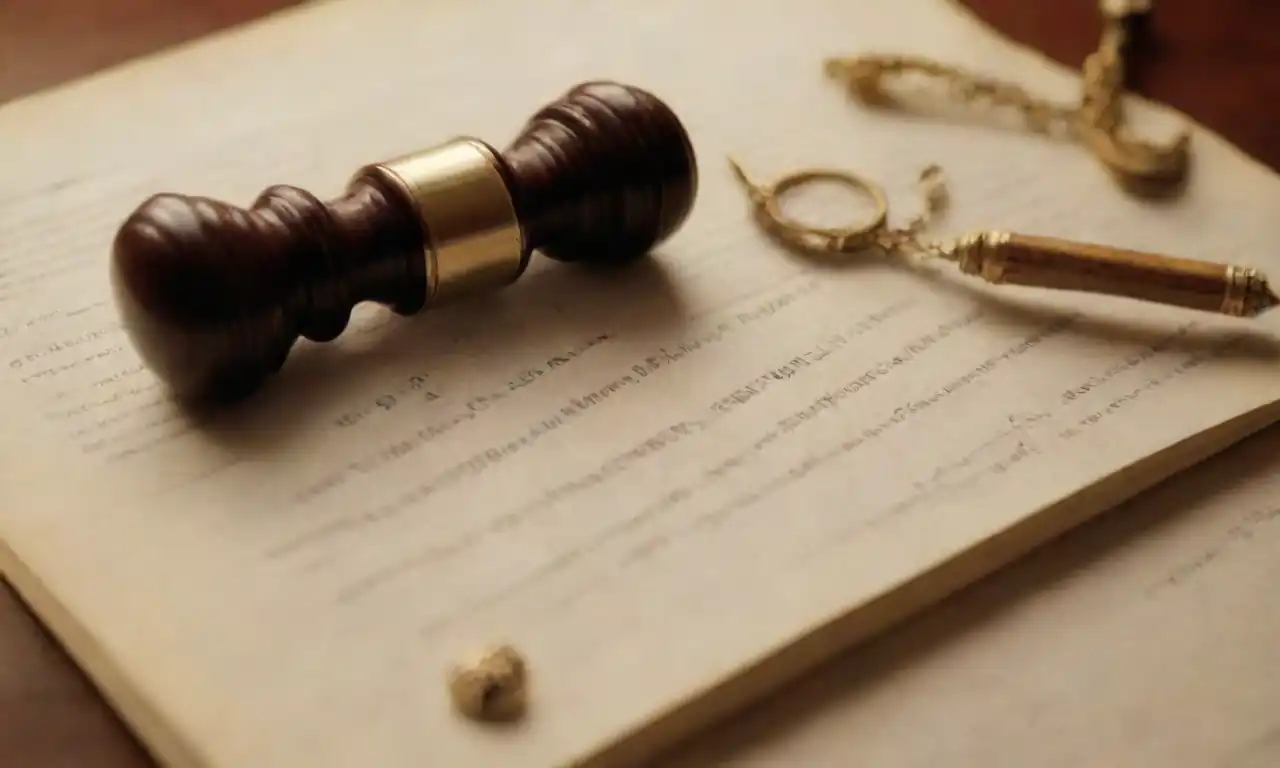How to handle bequests of tangible items in probate

One of the most consequential aspects of estate planning and probate is dealing with the bequests of tangible items. Tangible items can include anything from family heirlooms, vehicles, property, art, and personal belongings. These items often carry significant emotional and financial value, making their distribution a crucial point of potential conflict among heirs. Understanding how to effectively manage these bequests is essential to ensure that the wishes of the deceased are honored, while also maintaining harmony among family members.
This article will delve into the intricacies of handling bequests of tangible items during the probate process. We will explore the legal framework surrounding probate proceedings, the strategies for inventorying and appraising items, the common challenges that may arise, and practical steps to distribute tangible assets fairly and efficiently. By the end of this piece, readers will be equipped with knowledge and insights to navigate this complex aspect of estate management successfully.
Understanding Probate and Its Importance
Probate is the legal process through which a deceased person's estate is administered and distributed. During probate, the court validates the will, appoints an executor or personal representative, and ensures that the decedent's debts are settled before any distribution of assets occurs. The significance of probate is heightened when tangible items are involved, as these items often hold memories and stories that transcend their monetary value. Understanding the probate process is essential for any executor tasked with managing tangible assets, as it provides the framework within which distributions must be organized.
The probate process begins with the filing of the will in a probate court. Assuming the will is valid, the executor must inventory all of the deceased’s tangible items, which includes everything from jewelry to vehicles. An accurate inventory serves as the foundation for all subsequent actions taken during the probate process. Executors need to evaluate whether certain items need to be appraised, particularly if there is not a clear market value before distribution. Knowing the fair market value assists in equitable distribution among heirs and prevents disputes that can arise from perceived unfairness.
Inventorying Tangible Items: The First Step
Creating a comprehensive inventory of tangible items is a critical first step in the probate process. This not only involves cataloging the items but also noting their condition, value, and any relevant details regarding ownership or sentimental value. Executors often find that these assets carry different weights in terms of family significance; for instance, a family heirloom may be of great emotional importance to one heir but not to another. To mitigate potential conflicts, each tangible item should be documented thoroughly.
It is advisable to take photographs and describe the items in detail, which can provide clarity on their condition and value. In cases where there is disagreement on the worth of certain items, particularly high-value items such as antiques or artwork, seeking professional appraisals can be beneficial. An experienced appraiser can offer an objective valuation, which will not only serve as a reference for distribution but may also help in negotiating among heirs who may have differing opinions about the value of these items. This proactive step can facilitate smoother transitions during the distribution phase of the probate process.
Legal Considerations for Distribution
Distributing tangible items poses unique legal considerations. The provisions outlined in the will dictate how items should be distributed among heirs. In cases where the will is not clear or appears to conflict, serving the decedent’s intent becomes imperative. Executors have the responsibility to adhere to the will while also navigating state laws regarding inheritance and bequests. Different jurisdictions have varying rules on how tangible assets should be handled, especially if there’s a dispute over the will itself.
Another important aspect to consider is the tax implications associated with tangible items. In some cases, certain bequests may be subject to estate taxes, and failing to consult with a tax professional could lead to unforeseen liabilities. Executors must ensure that any tax obligations are met before distribution, as neglecting this aspect can create complications not only for the estate but also for the beneficiaries who receive the items.
Common Challenges in Distributing Tangible Items
Managing conflicts among heirs is one of the most significant challenges that executors face when dealing with the distribution of tangible items. Emotions can run high, particularly when items carry sentimental value. Disagreements may arise over the perceived fairness of distributions, leading to disputes that can further complicate the probate process. To effectively address these challenges, open communication among family members is essential. The executor should hold meetings with all heirs involved to discuss the distribution process and make them feel included in the decision-making, which can reduce tension.
Additionally, creating a written plan for how items will be distributed can serve as a reference point to minimize disputes. Documenting each item’s intended recipient along with a rationale for that decision can provide transparency during the distribution process. This should be complemented by having a neutral mediator if necessary for overarching discussions or when significant disagreements arise. Whether the mediator is an attorney, family member, or trusted friend, their involvement can facilitate more constructive conversations.
Fair and Equitable Distribution Practices
When the time comes to distribute tangible items, it is vital for executors to ensure fairness and equity. This does not always mean distributing items equally in a 50/50 or 1/3 manner; rather, fairness in this context often involves considering the emotional attachments and practical needs of each heir. For example, one heir may have a greater connection to the family home, while another may treasure specific family artifacts. Thus, understanding the dynamics of familial relationships can guide the executor in making decisions that honor the decedent's wishes while also fostering family harmony.
One practical approach to distribution is to conduct an auction among heirs, where each person can bid on items using a pool of assets or emotional points. This method can lead to a more engaging and respectful process, allowing heirs to express their desires while acknowledging others' interests. Alternatively, creating a spinning wheel or lottery selection can also add an element of fun and spontaneity to the distribution process, helping to alleviate stress. Regardless of the method chosen, the focal point must always remain on honoring the decedent's wishes while ensuring that relationships are preserved.
Conclusion: Navigating the Complexities of Tangible Bequests

Handling bequests of tangible items during probate is a multi-faceted process filled with emotional and legal complexities. An executor's comprehensive knowledge of the probate process, as well as the ability to conduct thorough inventories, navigate legal considerations, and manage familial relationships, is invaluable. By prioritizing communication and fairness, it is indeed possible to fulfill the deceased's wishes while maintaining harmony among heirs.
Ultimately, approaching the task with sensitivity, organization, and a clear understanding of legal obligations will enable executors to maneuver through the challenges that accompany tangible item distributions. As families confront the delicate nature of parting with their loved one’s belongings, the emphasis should remain on preservation of memory, protection of sentiment, and honoring family ties. In reflecting on these complexities, one may find that navigating the world of bequests ultimately leads to greater family understanding and the honoring of a loved one’s legacy.

Leave a Reply